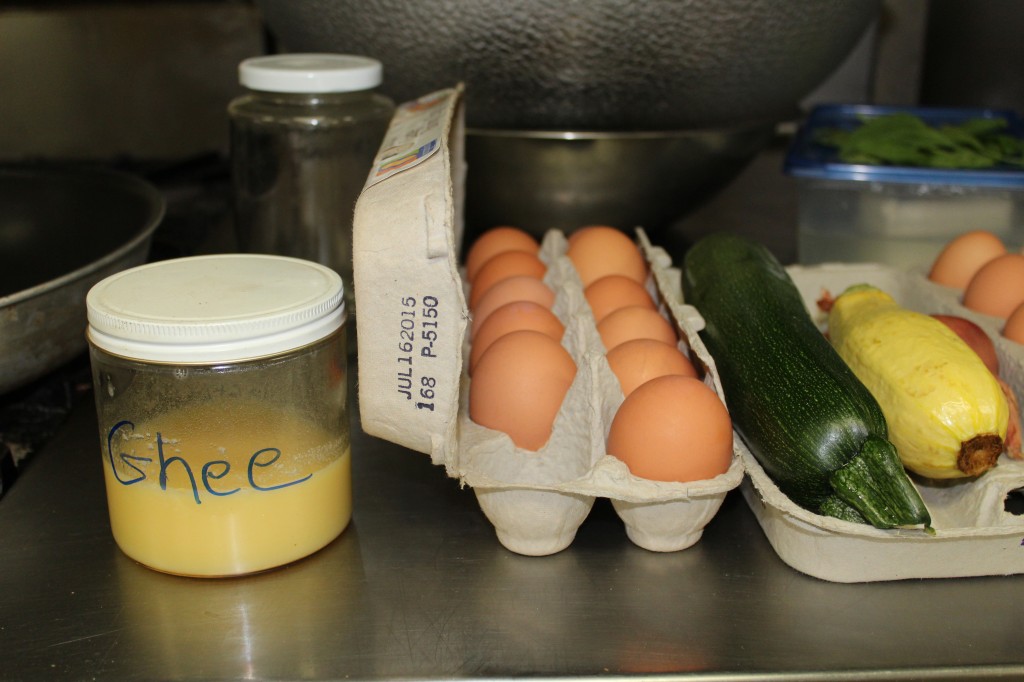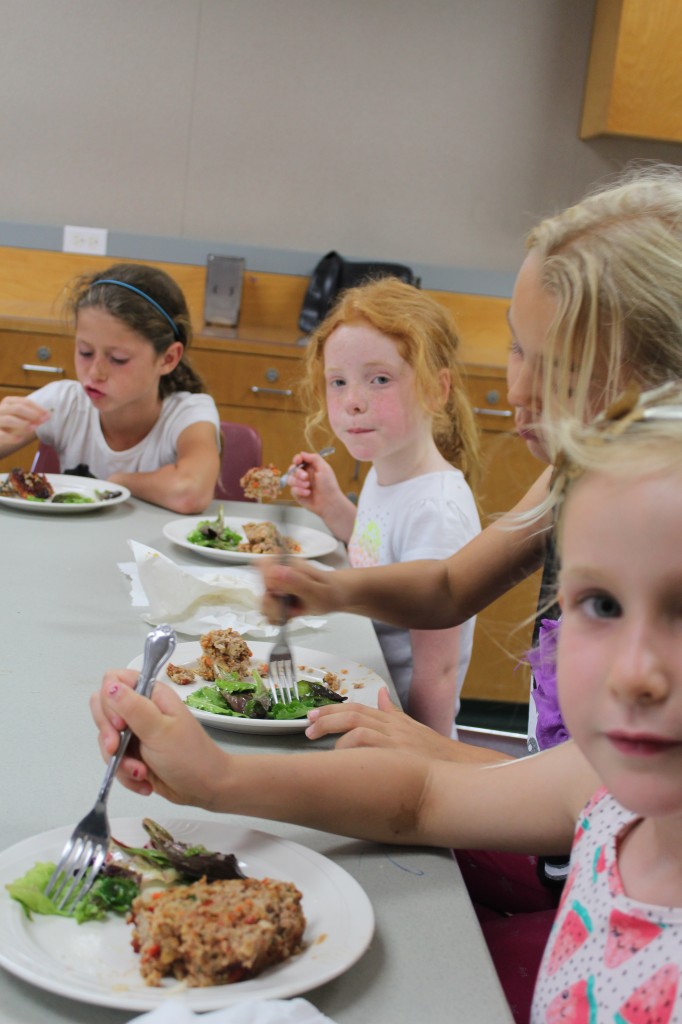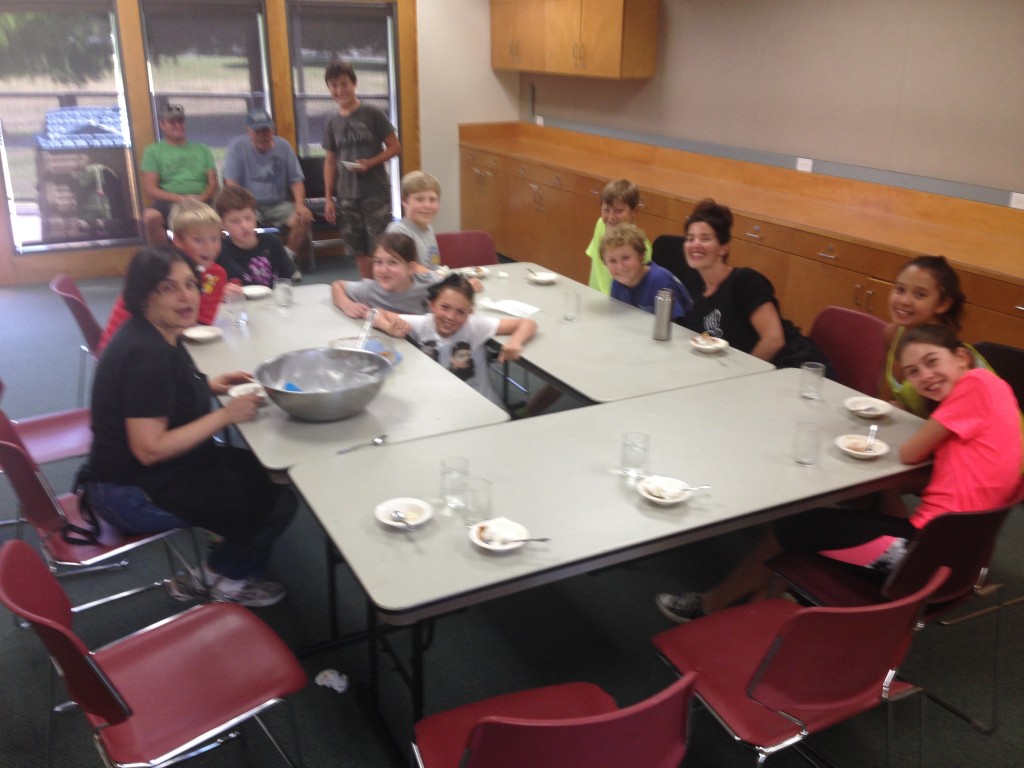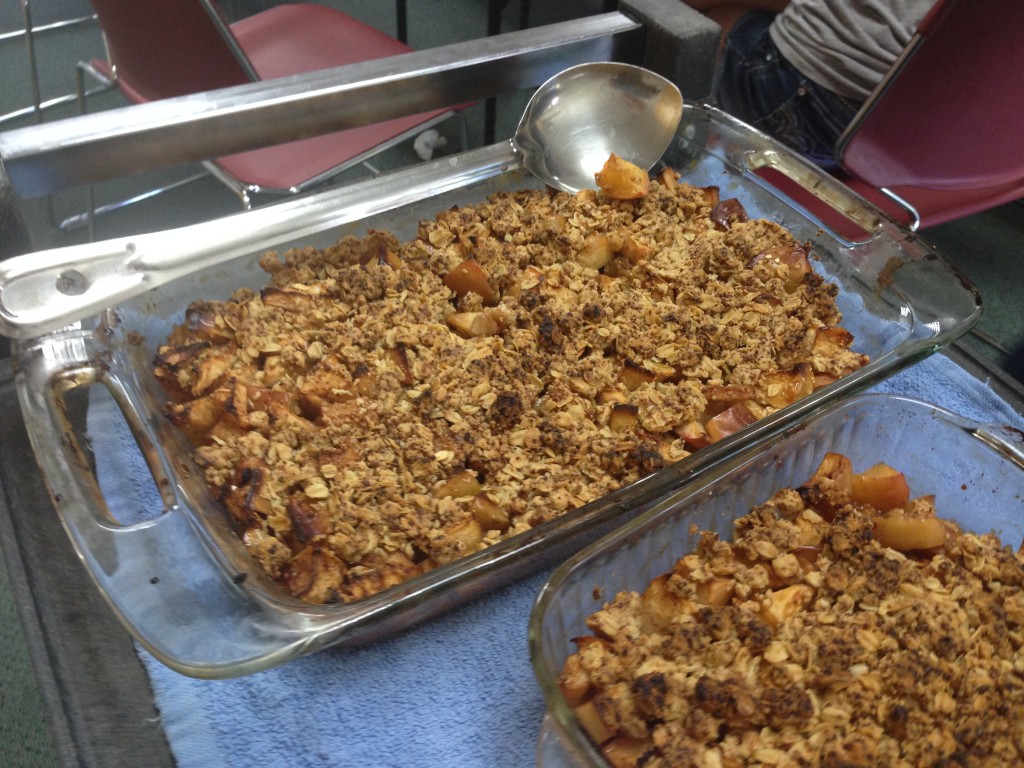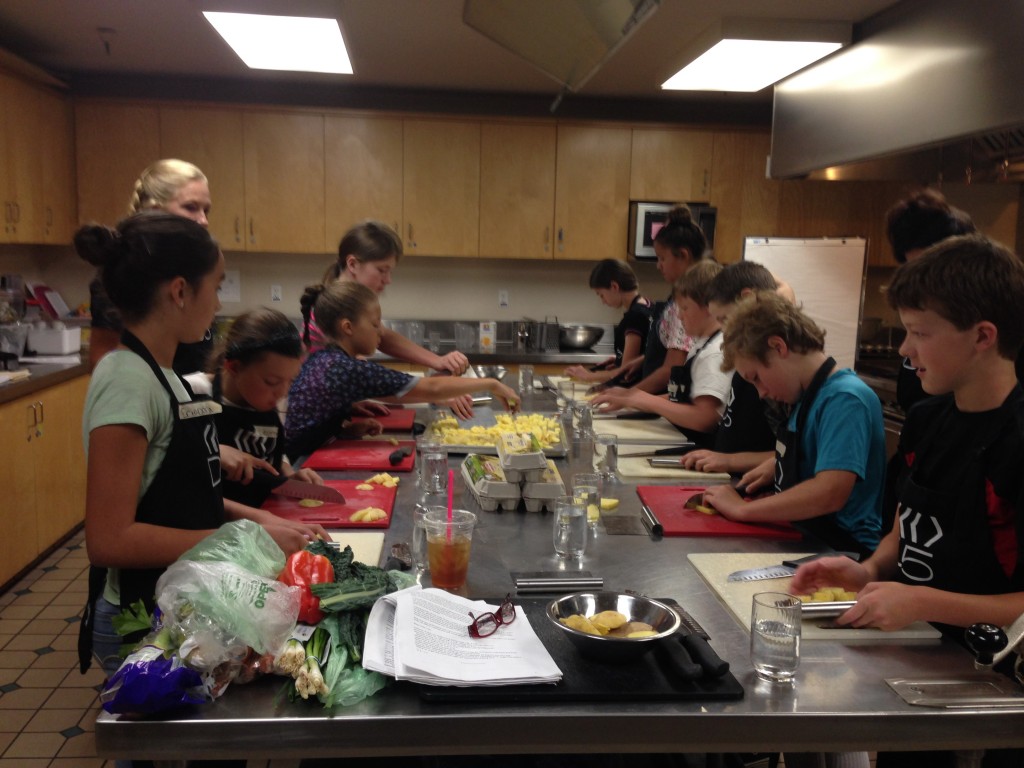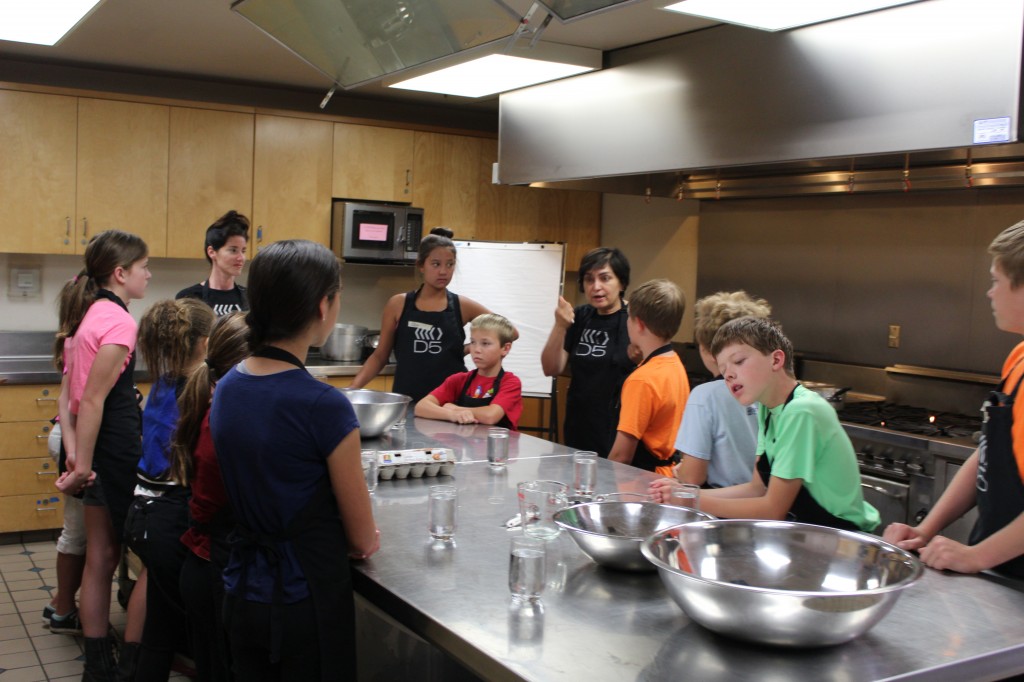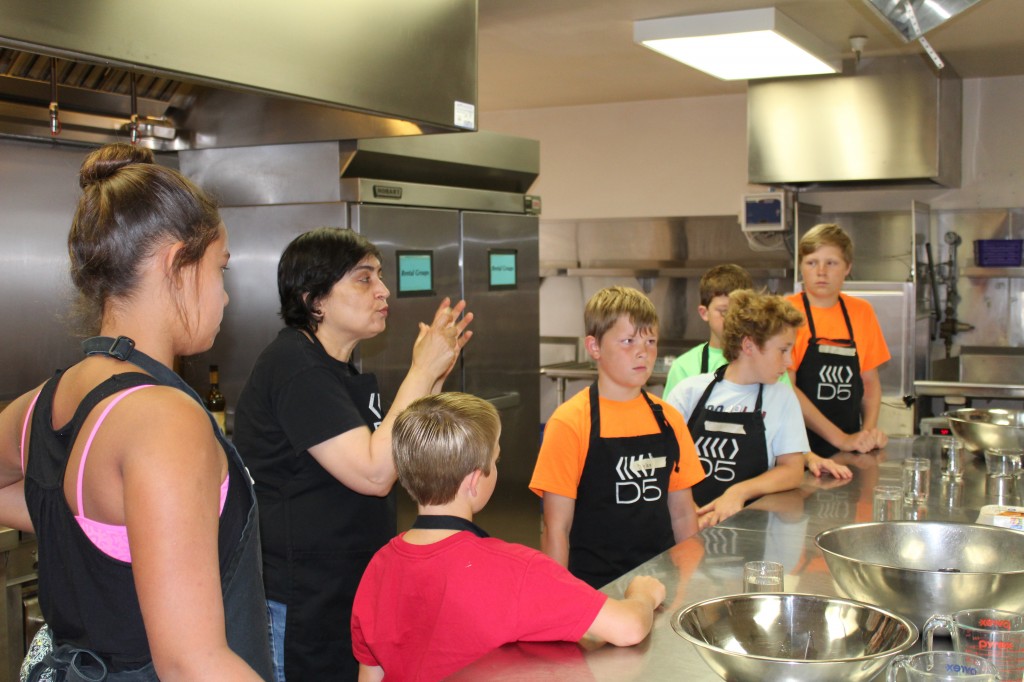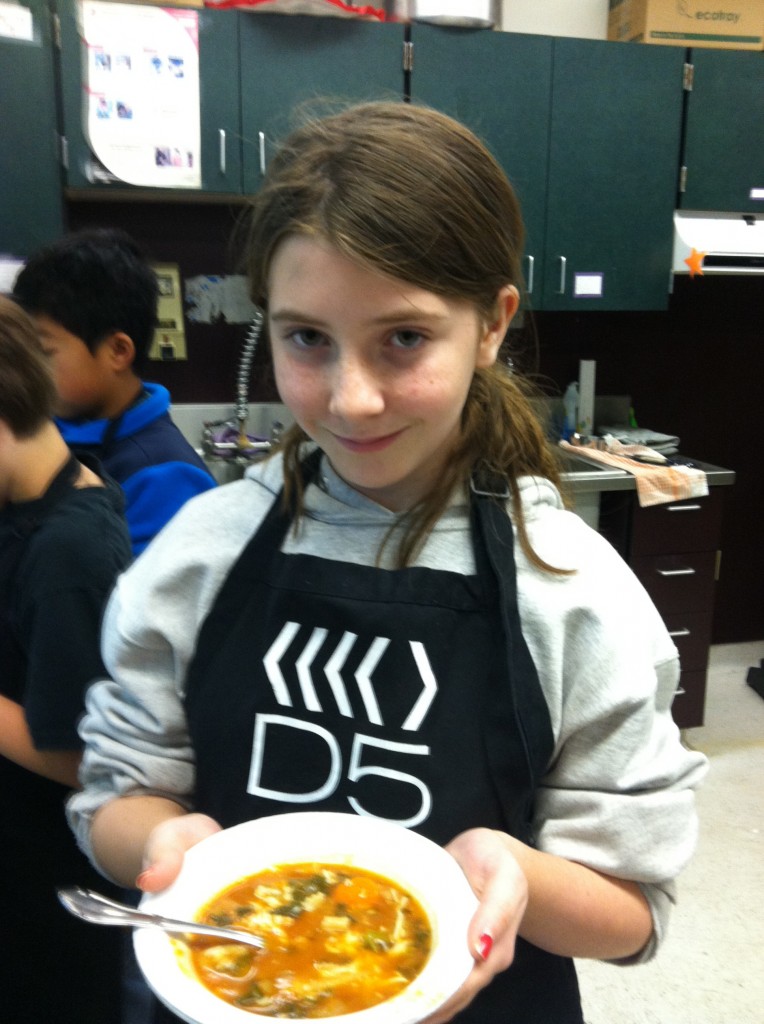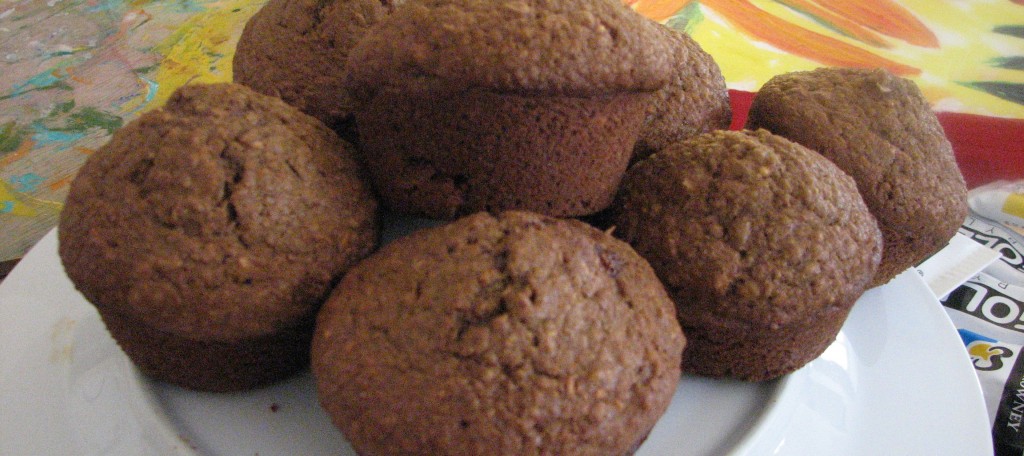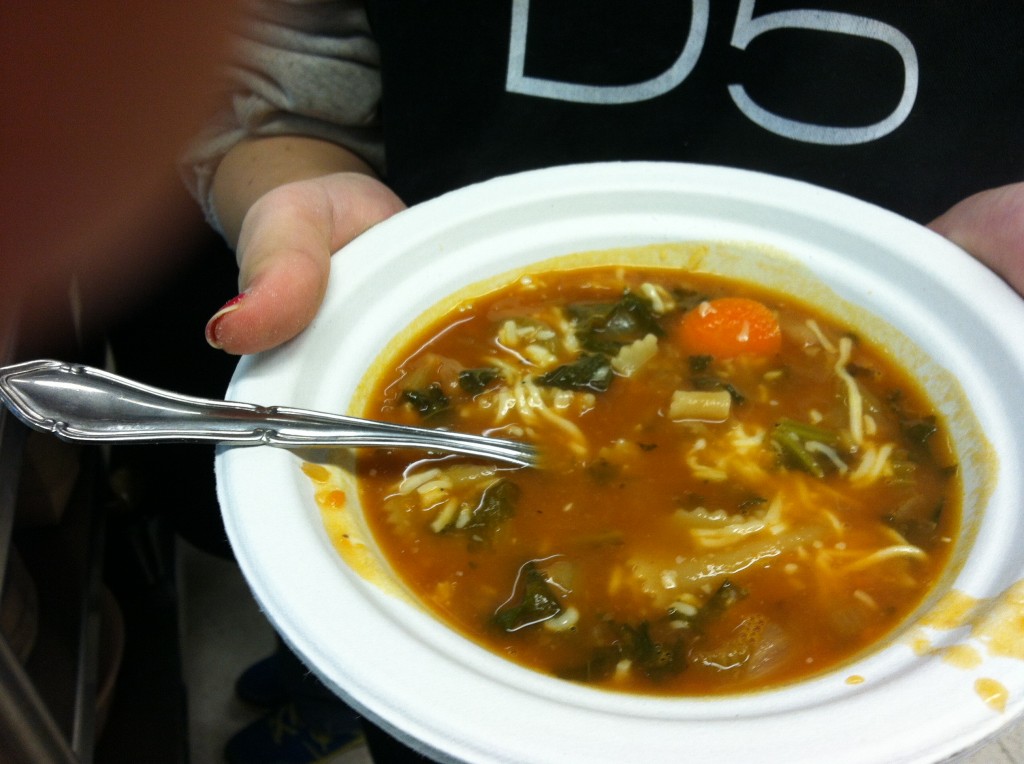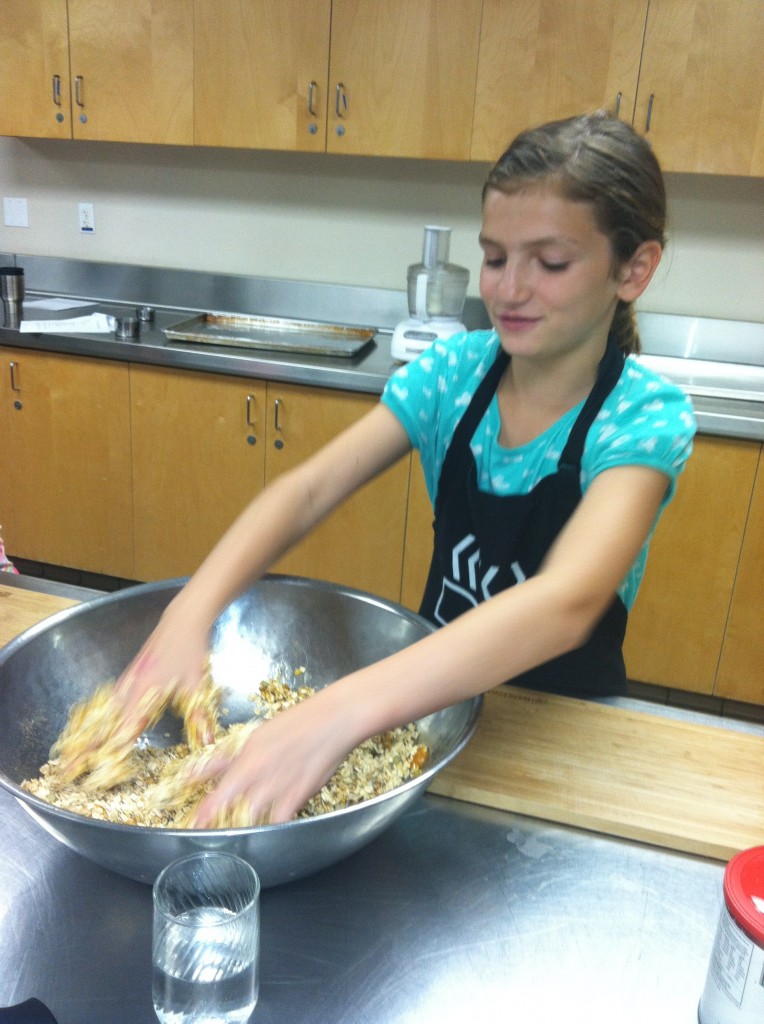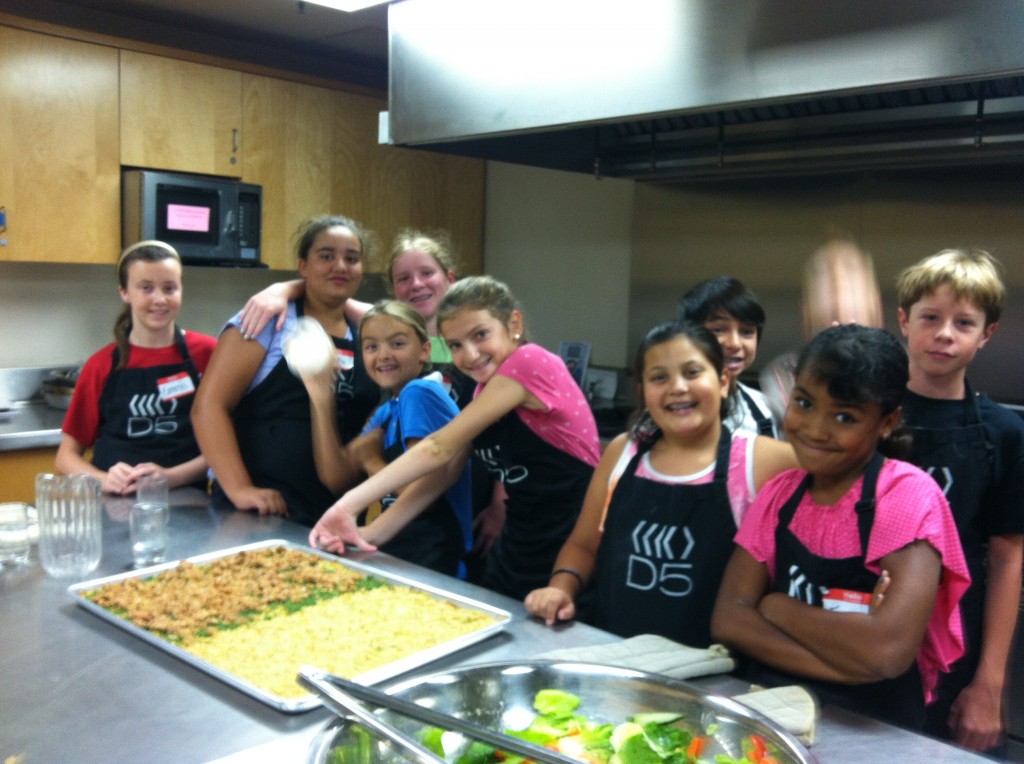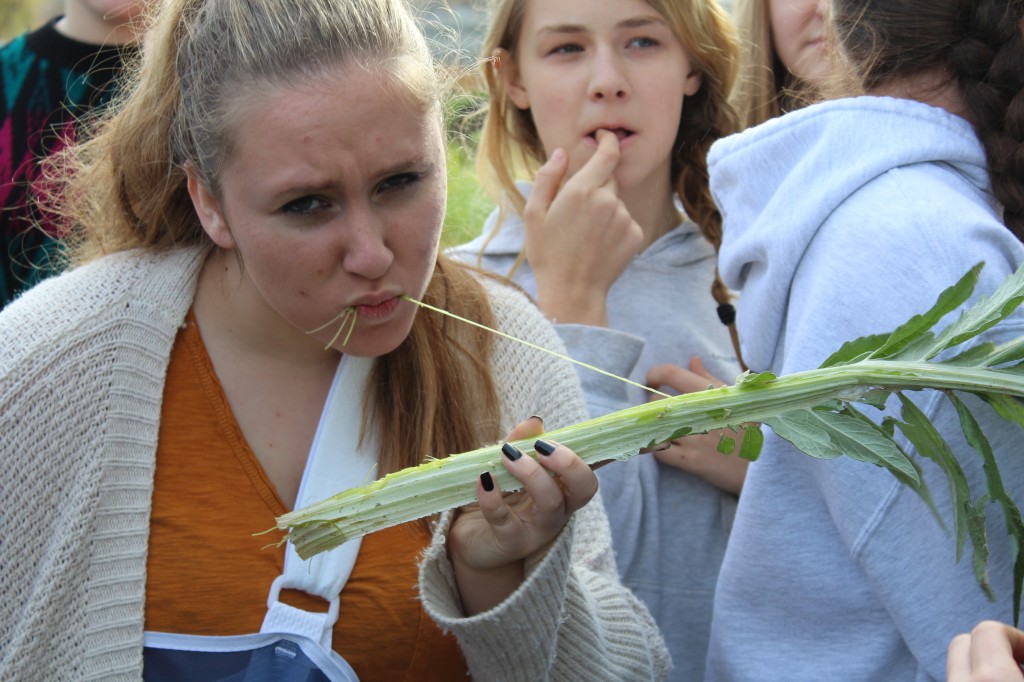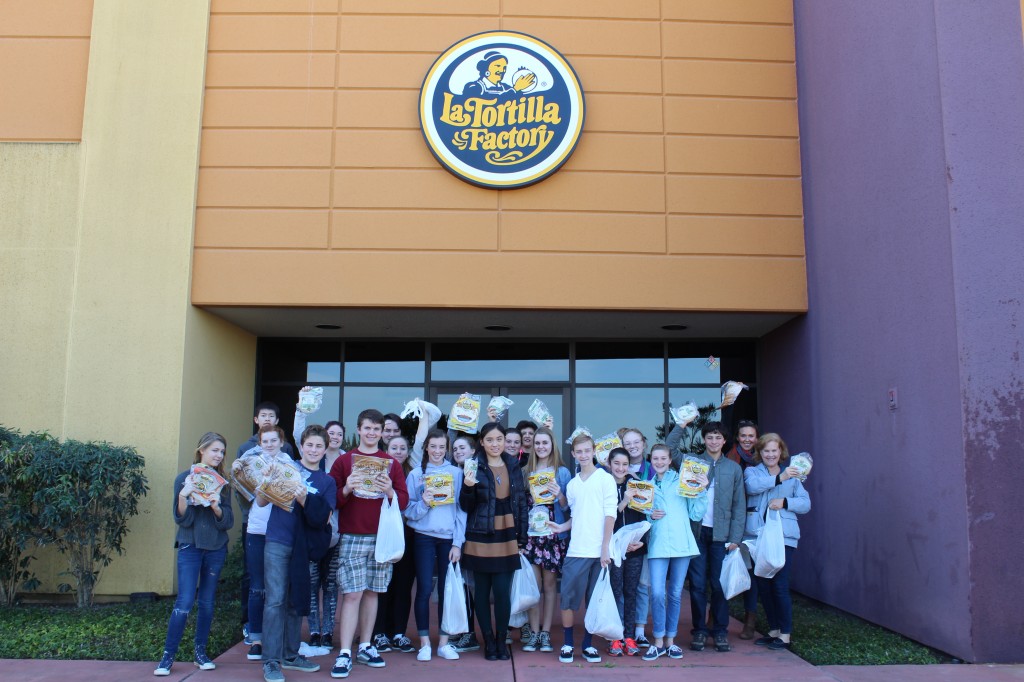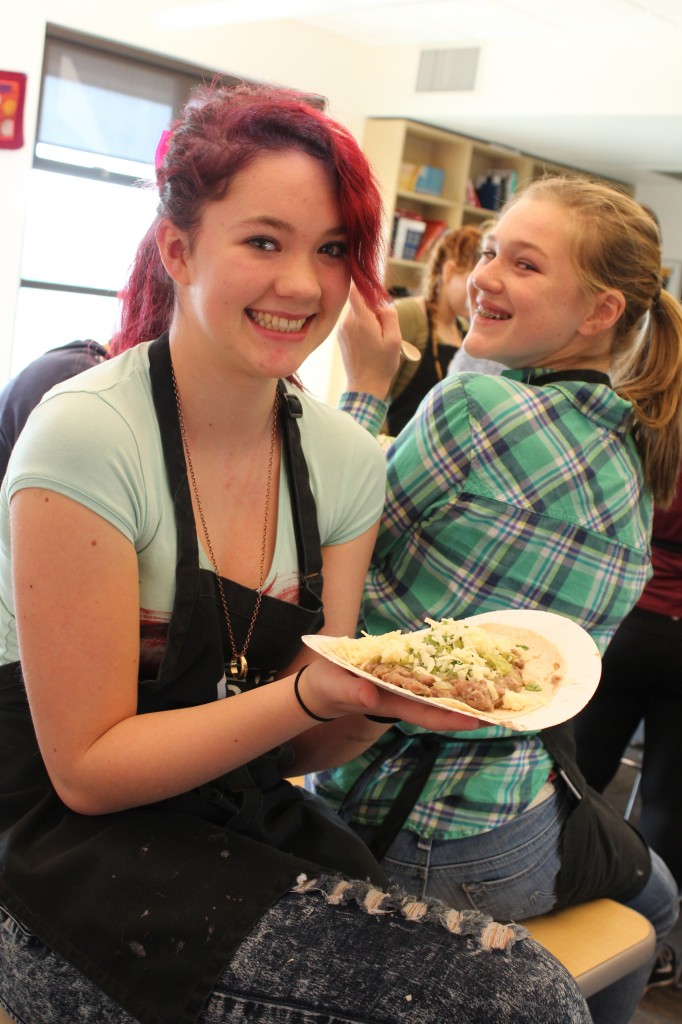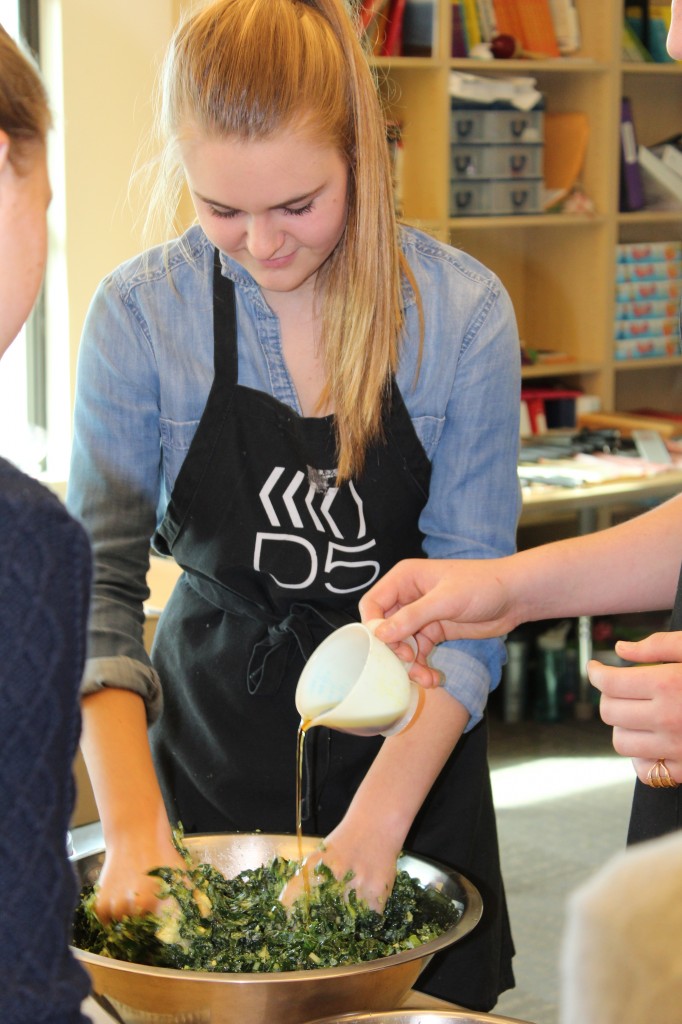Read this aloud to your kids, or if they are of reading age, have them read it to you.
Cells are the basic and smallest unit of life. The word cell comes from the Latin cellula, meaning a small room. There are cells that are organisms onto themselves, such as bacteria cells. Some organisms are made up of many cells that only function when they are part of a larger organism, such as the cells that make up your body. In the body, there are brain cells, kidney cells, skin cells, liver cells, stomach cells; several hundred distinct human cell types, each with its own function. Each type of cell has recognizable differences and similarities. Each body system is dependent upon the harmonious interaction of organs and tissues, and it is at the cellular level where we learn the basis of normal functioning as well as disease states, so it’s important to begin with the cell.
All cells are surrounded by plasma membrane, which is a thin layer of protein and fat that protects the cell from the outside environment. The cell membrane is semi-permeable, allowing some substances to pass into the cell while blocking others. The cell membrane regulates the movement of water, nutrients and wastes into and out of the cell.
Inside of the cell membrane are the working parts of the cell. At the center of the cell is the cell nucleus. You can think of the nucleus as the cell’s brain. The cell nucleus contains the cell’s DNA or deoxyribonucleic acid, the hereditary material or genetic code that determines if you are born a human or an elephant with brown or blue eyes. The combinations are endless! DNA contains the instructions needed for an organism to develop, survive and reproduce. DNA produces RNA or ribonucleic acid, which is a very long complicated molecule made up of amino acids, the building blocks of proteins. Just remember that DNA strands store information, while RNA takes the information from the DNA and transfers it to different places in the cell, to decode and read the information.
https://www.xvivo.net/the-inner-life-of-the-cell/
There are many organelles inside of the cell – small structures that help carry out the cell’s day-to-day operations. Organelles are located in the cytoplasm, a jellylike material outside the cell nucleus. One important cellular organelle is the ribosome. Ribosomes are protein builders or protein synthesizers and all cells require proteins. They can float in the cytoplasm or attach to endoplasmic reticulum (ER). There are two types of ER, rough and smooth. Rough ER creates and packages proteins. Smooth ER is important in the creation of steroids and ions and acts as a storage center both. ER also works with RNA and the Golgi Complex.
The Golgi complex (also called the Golgi apparatus) is located near the nucleus and is a sac-like organelle that looks like a stack of pancakes. The Golgi complex gathers simple molecules and combines them to make more complex molecules. After gathering the molecules, the Golgi complex packages them in vesicles and stores them for later use or sends them out of the cell.
Another cellular organelle is the mitochondrion. Mitochondria (in the plural mitochondrion) are often referred to as the power plants of the cell. They take in nutrients, break them down and create energy for the cell. Also important in the life of a cell are the lysosomes. Lysosomes, built in the Golgi Complex, are organelles that contain enzymes that aid in the digestion of nutrient molecules and other materials.
The cell waste is stored in what is called a vacuole. The vacuole fills with food being digested and waste material that is on its way out of the cell.
Types of Cells
• The egg is the largest human cell. Once it is fertilized, all other cells begin forming.
• Bone cells help build your skeleton by secreting the fibers and minerals from which bone is made.
• Fat cells store fat. They can shrink or grow. Once you have them you can’t get rid of them.
• Muscle cells are organized into muscles, which move body parts.
• Nerve cells pass nerve messages around your body.
• Red blood cells carry oxygen around your body.
• White blood cells fight disease.
Good health and poor health begins at the fundamental level; cell health.
To maintain cell health:
• Consume whole, natural, fresh foods while avoiding refined foods
• Exercise to improve circulation as circulation helps to remove toxins and bathes cells in nutrients
• Drink adequate pure water and ideally breathe fresh air outside and inside. The water we drink and use to bathe and the air we breathe affect each cell in our bodies.
• Get enough rest, learn how to manage stress and have a positive attitude. It has been scientifically proven that a positive attitude makes you feel better and helps you fight disease.
• Avoid exposure to toxins, including pesticides, radiation, and other contaminates, including alcohol and drugs.





